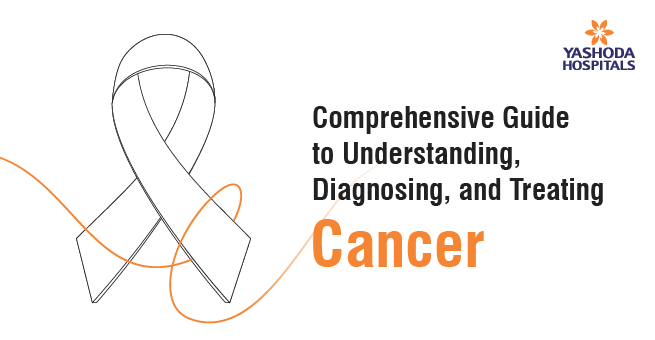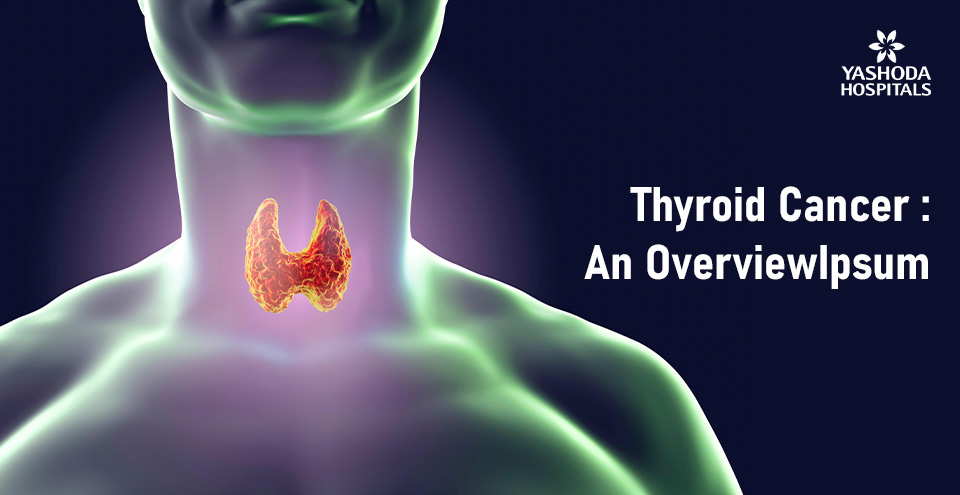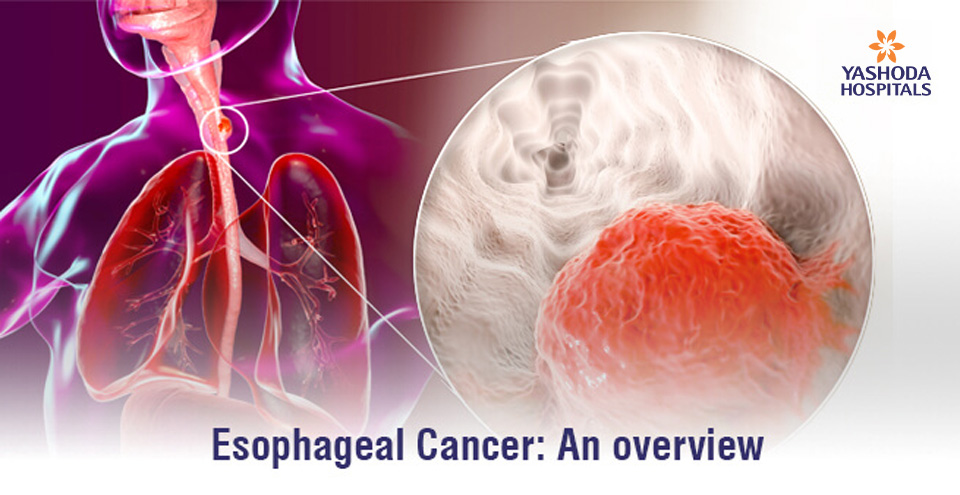Stereotactic Body Radiation Therapy
Cancer in vital and critical body parts – like brain, heart, lungs, pancreas, colon, prostate, etc. – requires utmost precaution. The peculiarity of the tumor cells – their spread, severity, size, and location – makes many of them impossible to be surgically removed.
Stereotactic body radiation therapy is a radiotherapy/radiosurgery procedure designed to deliver highly concentrated radiation doses at precise target points in the body to contain the tumor.
Stereotactic body radiation therapy vs stereotactic radiosurgery is a misnomer. Stereotactic body radiotherapy is remarkably similar to stereotactic radiosurgery. The latter is chiefly used for treating cancers in the brain, while stereotactic body radiation therapy is used to treat pancreatic cancer and cancers of other critical body parts.
1) What is stereotactic body radiation therapy?
In stereotactic body radiotherapy, multiple, finely aligned beams deliver a high dose of radiation to a small region in the body. Oncologists use 3D mapping to pinpoint the tumor’s location and target multiple beams with high doses of radiation on it. Individually each beam causes little to no harm to the surrounding healthy cells. But on collision at the target, an exceedingly high dose of radiation is delivered. The tumor cells are cut off from the blood supply and start shrinking.
2) Which types of cancer can be treated using SBRT?
SBRT can be used to treat multiple types of cancer present in vital body parts (other than the brain):
- Heart.
- Lungs.
- Pancreas.
- Spine.
- Liver.
- Prostate.
- Colon.
- Rectum.
3) How is SBRT delivered?
Trained doctors may use either of the two technologies to deliver radiation in SBRT:
- LINAC: Linear accelerator machines deliver X-rays (made of photons) to treat cancerous abnormalities in the body.
- Proton beam: The newest systems use a charged particle beam of protons for fractionated stereotactic body radiotherapy over several sessions. It can also be used for treating tumors that went under radiation therapy previously.
The 3D mapping helps focus multiple beams of radiation on a tumor amid the movement of the body.
4) What are the benefits of SBRT?
Stereotactic body radiation therapy has many benefits for cancer patients:
- 3D mapping for each patient’s unique anatomy, breathing and organ motion.
- Treat small tumors close to critical organs.
- Minimal damage to surrounding healthy tissues.
- Better and quicker outcomes.
- A high degree of accuracy.
- Shorter treatment time per session.
5) What are the side effects of stereotactic body radiation therapy?
Being a high radiation treatment, SBRT may cause side effects that depend on the region, dosage, and the length of the treatment.
- Fatigue.
- Affects bowel movement.
- Difficulty in breathing and swallowing.
- Nausea.
- Tenderness, inflammation and skin discoloration at the site of treatment.
- Swelling in arms and legs.
- Increased risk of fractures.
6) Why choose Yashoda Hospitals for SBRT?
Yashoda Hospitals is one of the handfuls of hospitals in the country that offer the best SBRT treatment. The radio-oncology department at Yashoda Cancer Institute has many trained experts who have experience deploying SBRT treatment successfully. Doctors’ skills are complemented by state-of-the-art technology for diagnostics and imaging studies, ICUs, and other world-class facilities.
Patient Testimonials For Cancer



















 Appointment
Appointment WhatsApp
WhatsApp Call
Call More
More

